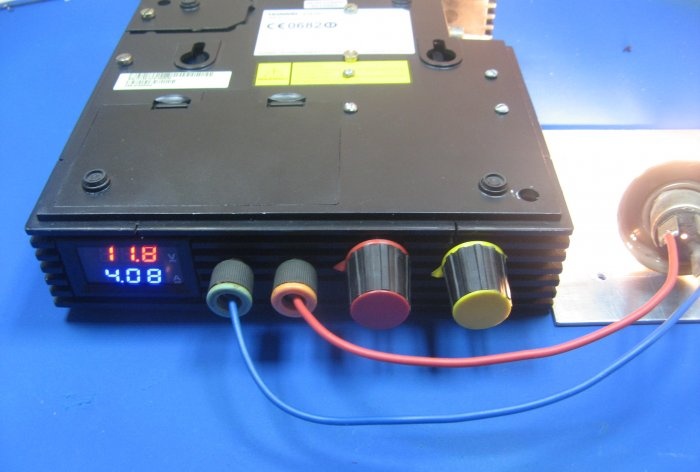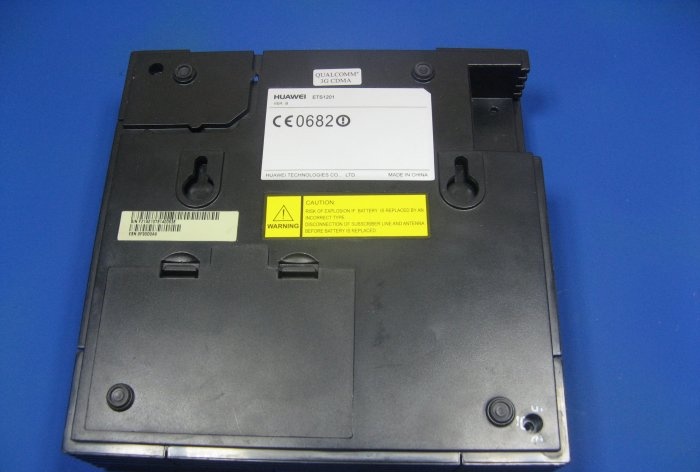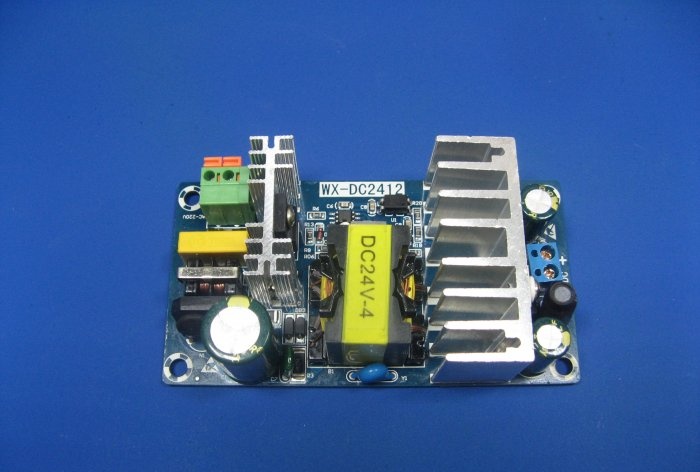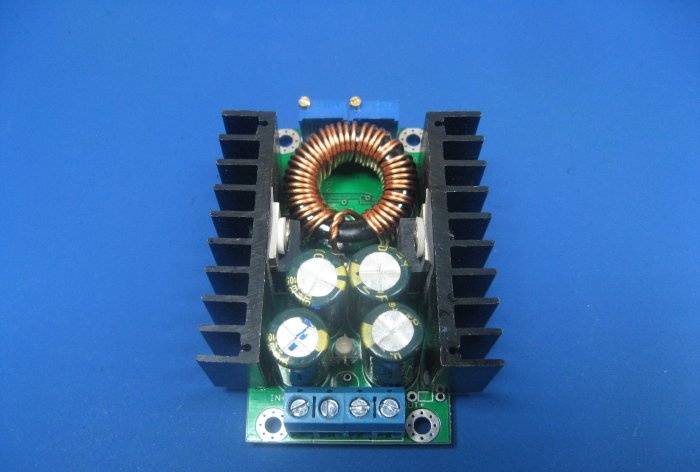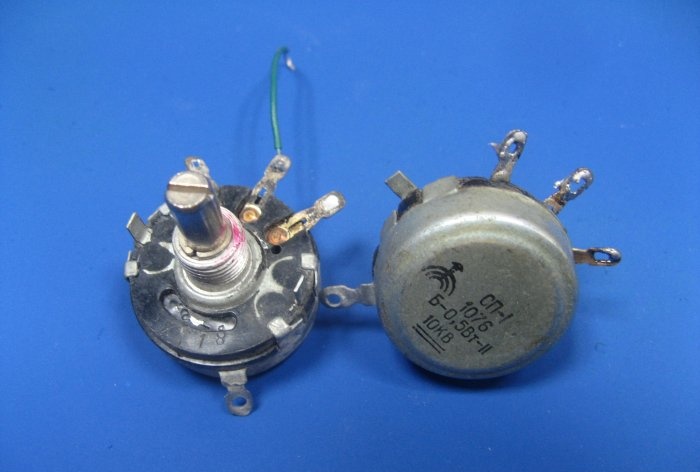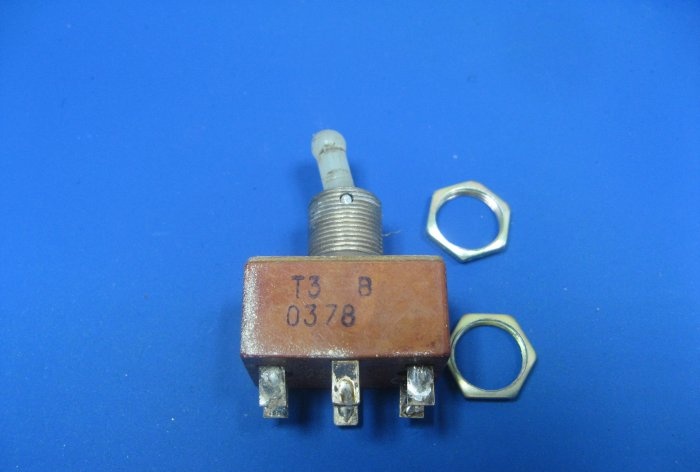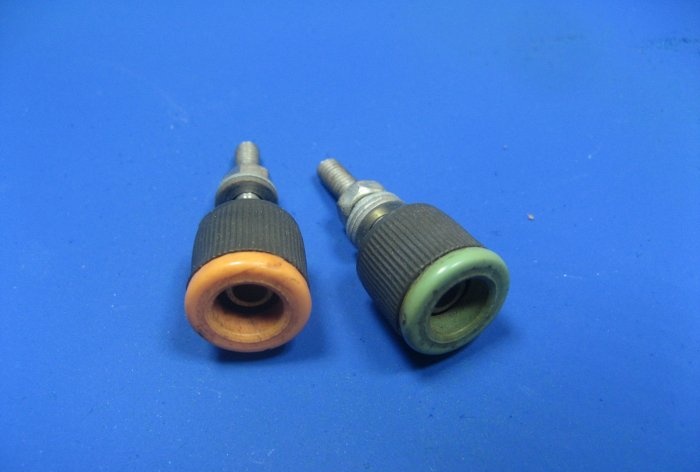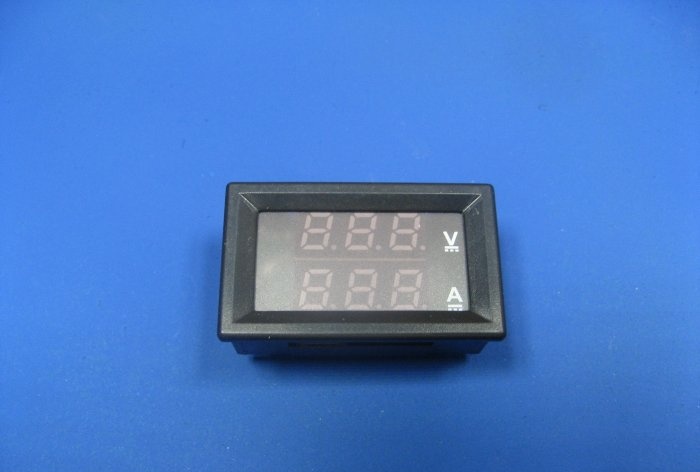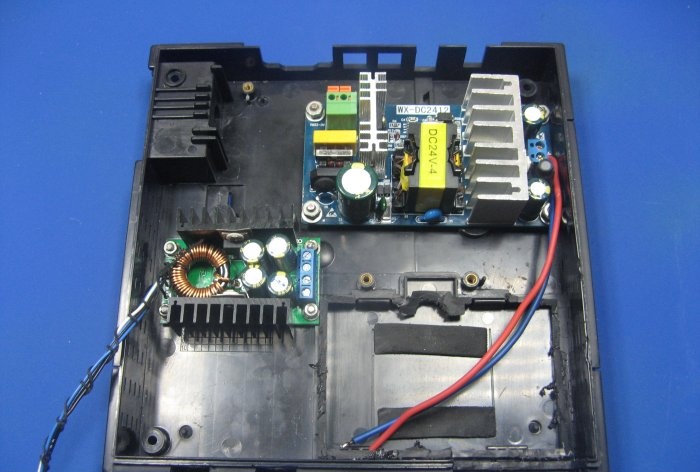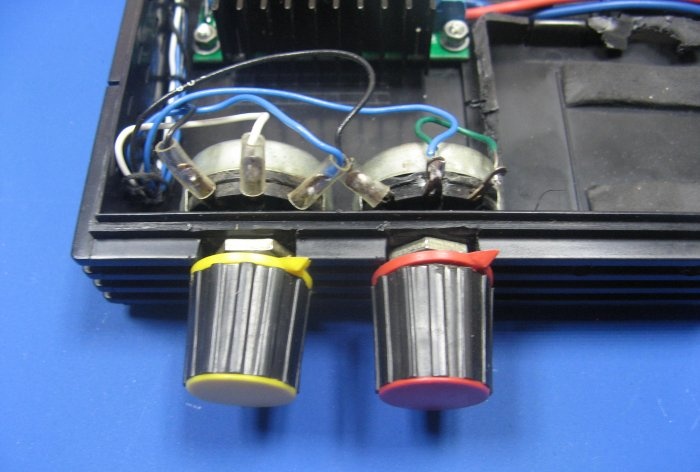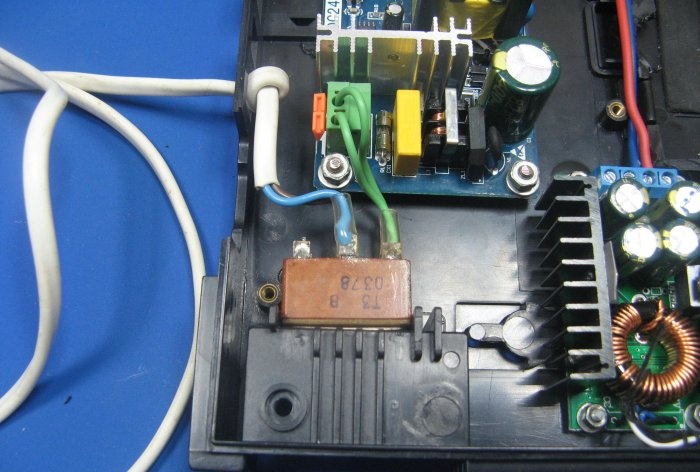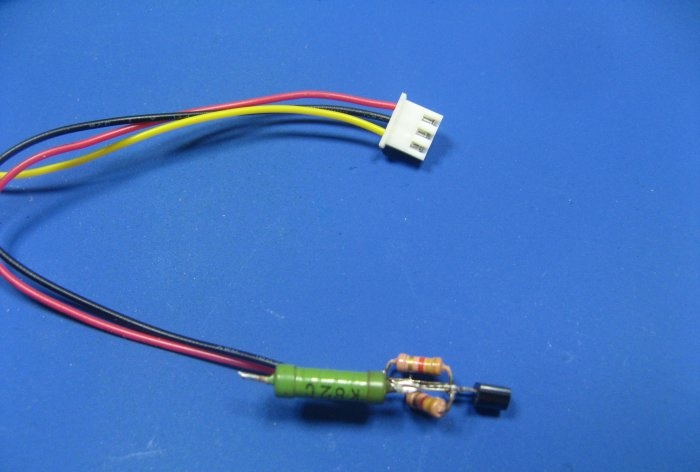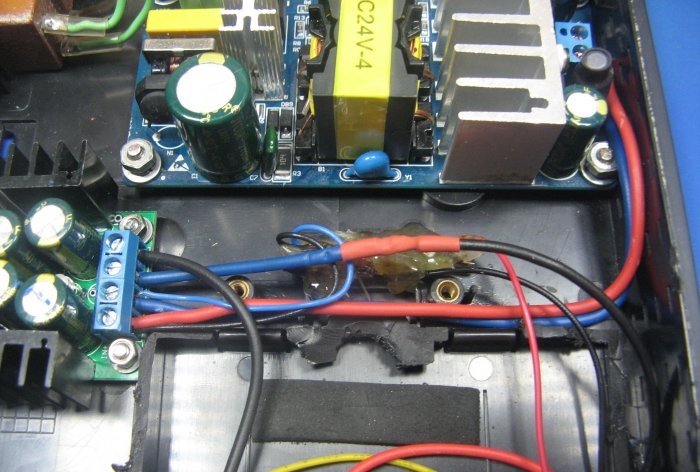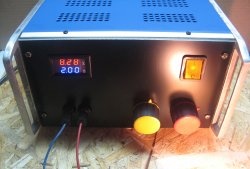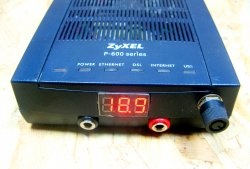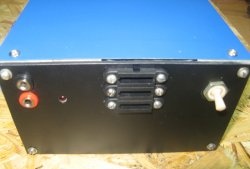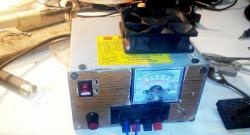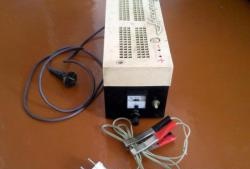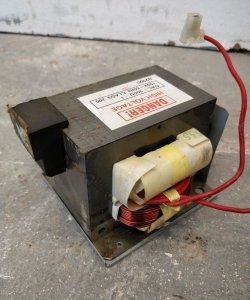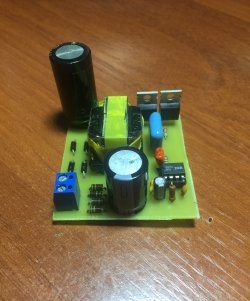I decided to remake my laboratory power supply. Although it is reliable, it is heavy and takes up a lot of space. There is never enough on the desktop. Planning a reshuffle. I decided to hang a wall shelf and there is plenty of space under it. The idea came quickly, I’m making a wall-mounted laboratory power supply.
Will need
The case will be a box from an old modem. There is plenty of space in it, and I will assemble it in modules.
The power part is a module from China. The output of the module is 24 volts and they promise an impressive current, as for the dimensions of the module.
I will regulate the output voltage using a ready-made module. The module is quite common, there is a lot of information about it, the price is very good.
Instead of trimming resistors, I will install domestic adjustment ones. It’s better, of course, to take wirewound resistors, but I’ll use what I have. You also need to select handles for them.
I have a T3 network switch, I have a ton of them.
The terminals need different colors so as not to be confused when connecting devices.
Voltammeter from China. Has proven itself very well. The dimensions are just right.
Manufacturing a laboratory block from Chinese modules
On the case I make markings for the elements of the front panel. I cut it out. The plastic is quite soft and can be cut with a sharp knife.
I'm trying out space for the modules. I drill holes and install modules. I install the network module on the bushings. The bushings were cut from silicone tube. I immediately connected the output wires from the network module. I took out the wires for the adjusting resistors. There is no point in drawing a diagram, everything is banal and simple. From the network module, the wires go to the control module. The wires go to the terminals through a voltammeter.
I soldered the wires to the resistors. I found pens of different colors. There are 3 wires for the current control resistor and 2 for the voltage.
The network cable was soldered to the toggle switch. From the toggle switch the wires go to the module. A very convenient place was under the toggle switch.
A stabilizer was used to power the voltammeter. The stabilizer on the TL431 has been assembled. You don’t have to install it, but I decided to play it safe. Can also be powered from 24 volts. The stabilizer can be calculated on the Internet.
For smooth adjustment, I installed a constant 27 kOhm resistor in parallel with the adjustment resistor.
I connected the input and output wires to the control module. The stabilizer for the voltammeter was also screwed to the module. The stabilizer was filled with thermal glue.
I'm closing. I turn it on. I connected a car lamp to the output. Stabilization works great.
The laboratory power supply fits perfectly into the workshop. Doesn't take up space. Convenient to use
Links to modules:
- Voltammeter DC 100V 10A - http://ali.pub/3llsqs
- 300 W DC-DC converter - http://ali.pub/3llsry
- Switching power supply AC 85-265V to DC 24V 4A-6A 100W- http://ali.pub/3llsw8
